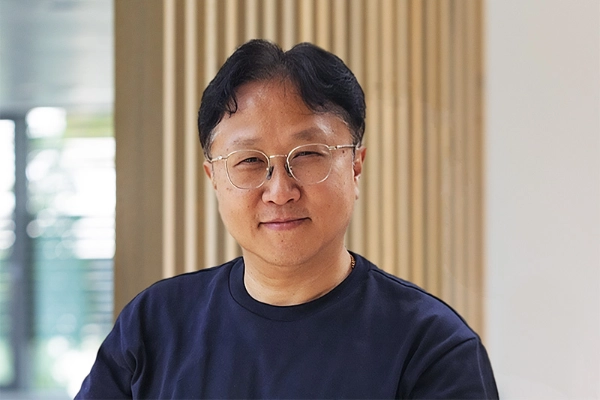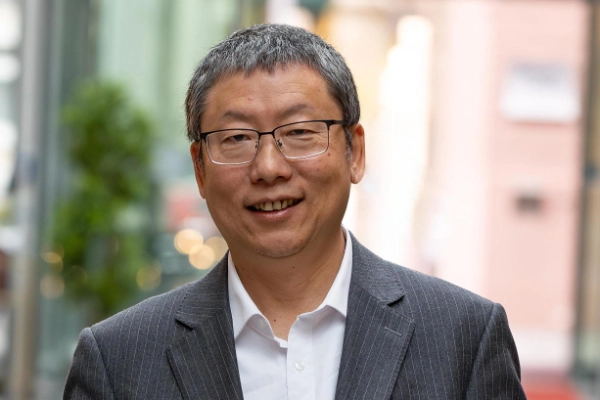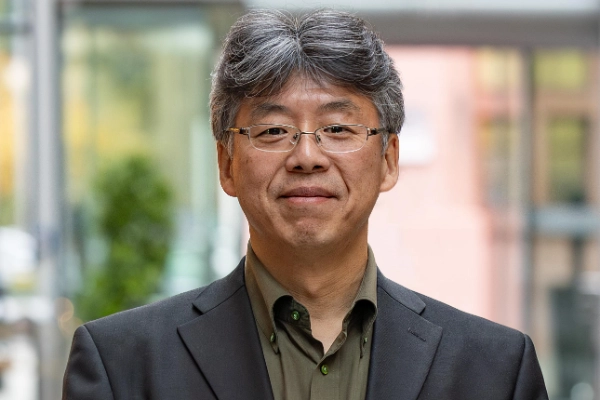Equipment for Glass Making
Producing economically with components made of precious metals – at first glance that appears to be a contradiction in the field of glass making. However, many of our customers have already achieved a good relationship between total costs and value, and now use precious metal components on a large scale.

We Make Your Glass Precious
Get Advice on Your Specific Requirements

Find the right material for your product in our material database.

Contact us to discuss further steps to find the optimal solution for your process.

Our core competencies and material portfolio at a glance
Producing Economically - Even with Precious Metal
Precious metals are, without question, expensive. Furthermore, the prices develop dynamically, so that the use of precious metals requires a certain degree of management – with corresponding effort.
However, precious metal components are very durable and give the plant user the possibility of optimizing production by reducing downtime and unplanned set-up and changeover times. At the same time the risk of defective products can be minimized and an improvement in specific quality characteristics of the customer’s products can be achieved. And best of all the precious metal can finally be recycled and reused in new components.
Thus, the use of precious metal can be an economic proposition for you.

The correct choice of material is of decisive importance in this matter, as precious metal components have to withstand differing conditions. Components that have to maintain their shape when exposed to continual static loads require high strength materials with a high degree of resistance. On the other hand, in fields with many temperature changes and thus changes in loading, material properties such as high elasticity at high temperatures are required. All components, however, require high stability of the weld joints and high resistance to corrosion by aggressive media. Therefore, all customers, not just those with special requirements, set high demands on the component manufacturer regarding expertise, material portfolio, material quality, production techniques and global presence. And the customer can let his competent partner look after the expensive management of his precious metal professionally.
With the right partner and the right material everything can be obtained from one source: from purchasing the raw material and manufacturing the component, including financing and coverage of risks, together with recycling and reimbursement. This circuit reduces effort and tied capital to a minimum.
Optimizing the Glass Quality
Manufacturers who wish to distinguish themselves require more than just standard properties. Anyone who knows the high demands in processing standard glasses can imagine the challenges posed by glasses with special properties.
Optical glasses must be free from discolorations and must demonstrate high transparency and good homogeneity. The quality can be characterized by parameters such as the specific refractive index. Glasses for displays are further optimized to give high scratch resistance and mechanical bending strength. Other demands are imposed on medical glasses for analytical and pharmaceutical applications, e.g., hydrolytic resistance or good resistance to acids or alkalis. Tableware has its own challenges. It should be sparkling, heat resistant, dishwasher resistant and should be unbreakable even with very thin wall thicknesses. Glass fibers require a high softening temperature and high strength and corrosion resistance in order to stand up to the high demands of insulating materials, fiber reinforcement, glass fiber armoring or flame protection. The list of requirements is almost infinite.

Wastage of the valuable glass finished product can, among other means, be reduced by avoiding ceramic particles from refractories, as these often lead to inclusions and thus to glass which cannot be used for the intended purpose. Undesirable striae and bubbles can be reduced by efficient homogenization at ever higher temperatures. New glass compositions also frequently require higher processing temperatures, causing increasingly severe corrosion of the refractories. These negative effects can be significantly reduced by using platinum lined ceramics as well as crucibles, stirrers, pipe systems and nozzles made from platinum alloys.
For this purpose our customers require components that are made from just the right material to meet their requirements. The optimum result requires a broad portfolio of alloys, comprehensive manufacturing capabilities, many years of experience and high technical competence in advising customers.








